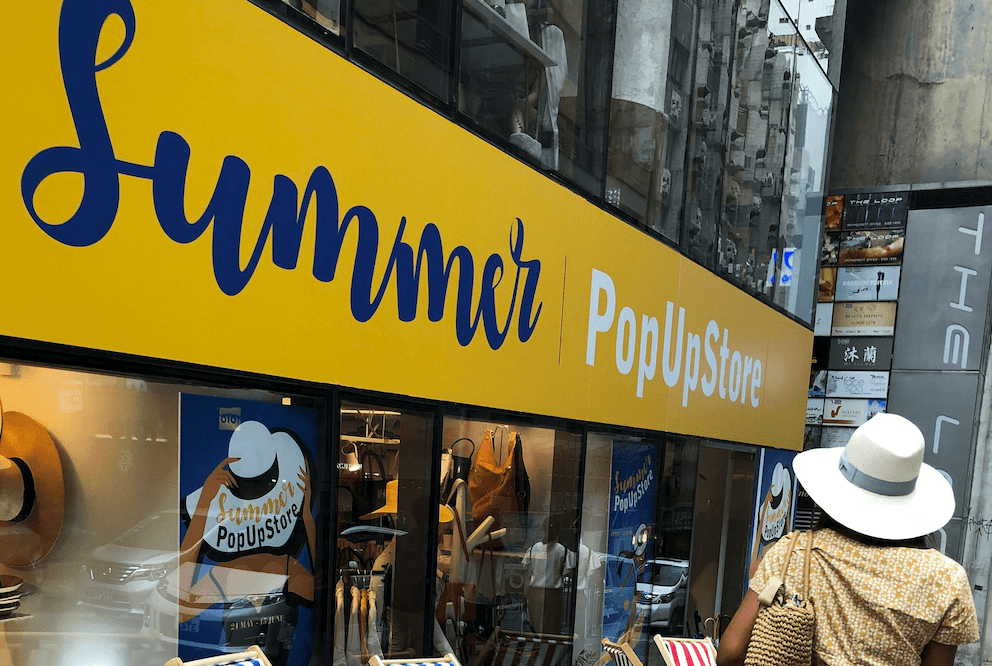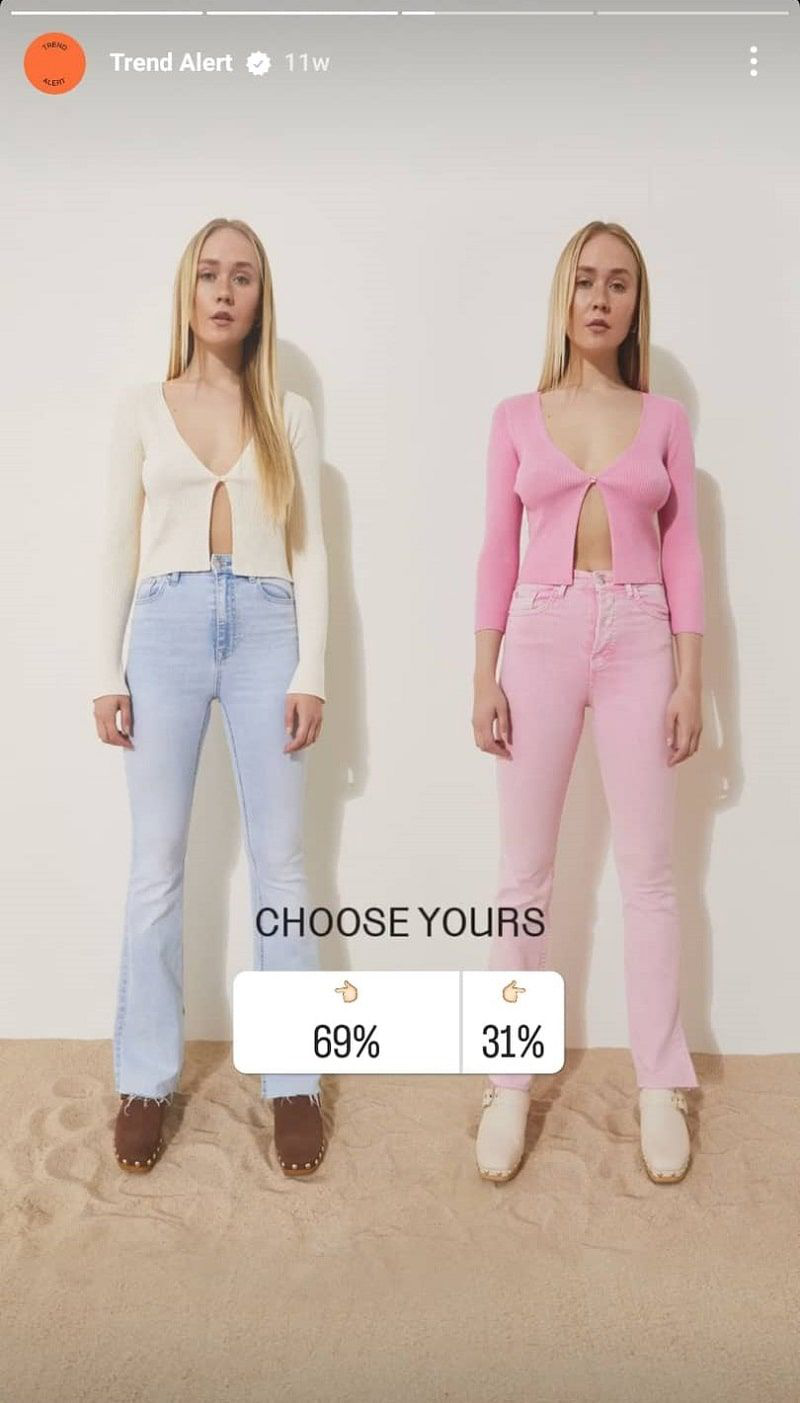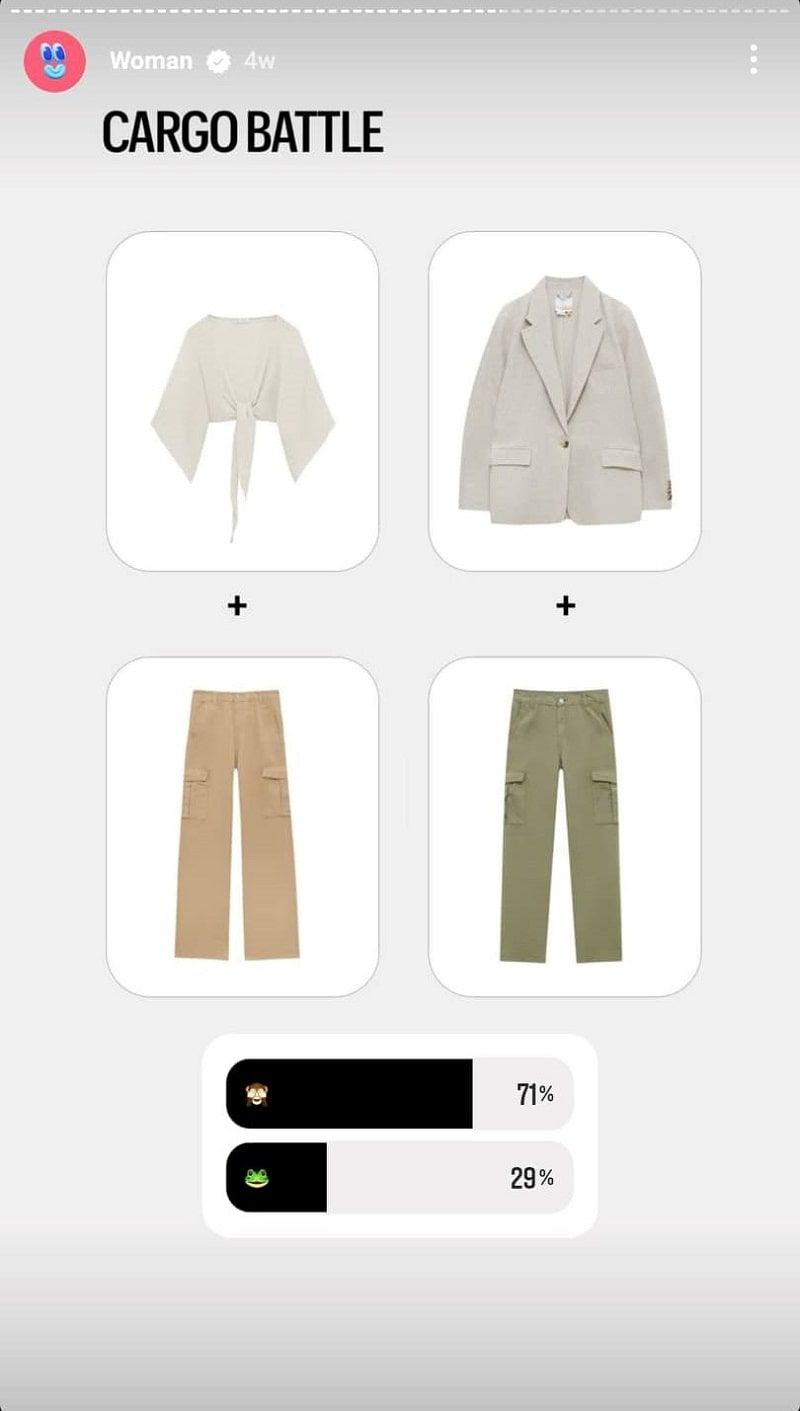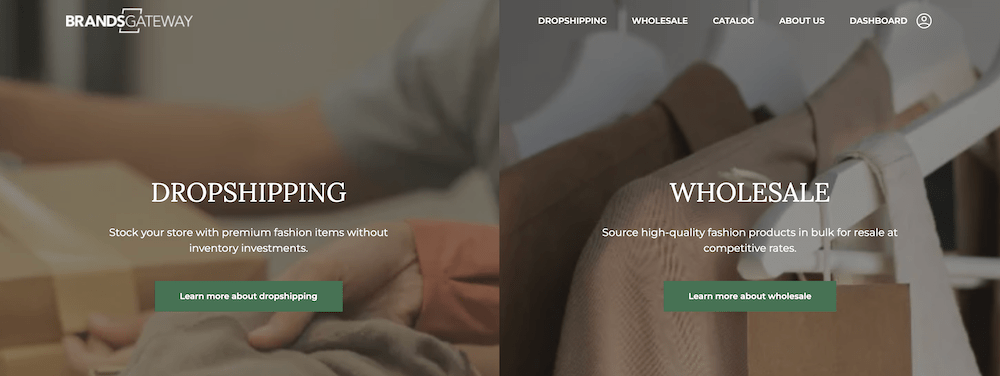
Marketing
Why are reviews important for your retail store?
Reviews guide customers as they make choices, foster trust, and can even give sales a significant lift. If your clothing...
Easy 6-Step Guide: How to Start a Clothing Pop-Up Shop?
Business Kick-Starter Guides

Pop-up stores are becoming really popular in the fashion retail industry. Both big brands and small businesses are joining in on this trend.
People are loving them because they offer something new and thrilling. Customers get to know a brand in a special way, often with exclusive items or special offers.
According to IBIS World, in the US alone, over 40,000 pop-up stores have been opened, a number that has had a steady growth in the last 5 years.
That being said, starting a clothing pop-up store can offer a great business opportunity.
It's an amazing method to test new fashion lines, create buzz around your brand, and connect with customers.
Today, we’ll walk you through step-by-step how you can create a clothing pop-up shop all by yourself.
Pop-up shops are temporary stores that offer businesses an opportunity to sell products without the long-term commitment of a traditional store lease.
Pop-up shops are a great way to experiment with new products as well as create excitement and urgency around your brand, and gather feedback from customers.
Exploring the different types of pop-up stores can help you find the best fit for your clothing brand.
Let’s dive into some popular categories:
Pop-up shops can be a flexible and relatively cost-effective way to expand your reach, test new markets, or enhance your brand’s presence, with costs as low as a few thousand dollars to tens of thousands for more premium, high-impact setups.
The cost can vary widely, depending on several factors like location, duration, and design complexity.
Here’s a breakdown to give you a clearer picture:
Here’s how to easily set up your clothing pop-up store within 6 steps:
When setting up a clothing pop-up shop, zeroing in on a profitable clothing niche market is a key step toward success.
This approach allows you to cater to specific customer interests and establish a strong brand identity.
Here are some effective ways to conduct market research:
Keep up with the fashion trends
Staying current with fashion trends and consumer behavior is crucial. You can leverage fashion forecasting tools like Google Trends and websites like WGSN or Fashion Snoops to get insights into up-and-coming trends.
For example, if you notice a surge in demand for athleisure-inspired by celebrity fashion lines, this could be a lucrative niche for your pop-up shop.
Watch your competitors
Analyzing what similar stores are doing can provide valuable lessons. Visit other pop-up shops, browse their online presence, and study their product offerings and customer engagement strategies.
Note what works well but also pay attention to their shortcomings. Perhaps you’ve noticed that many lack a specific style of luxury streetwear that’s gaining traction on platforms like Instagram.
By filling this gap, your pop-up shop can stand out.
Collect customer data
Engaging directly with potential customers can yield actionable insights. Deploy online surveys via email or even a QR code that is available at the register.
Apps with fashion-forward audiences like TikTok and Instagram can also be used to observe which posts about fashion styles or products receive the most engagement, indicating potential customer interest.


Choosing the right clothing supplier is the next step in setting up your pop-up store. The quality and style of your products directly impact your brand’s reputation and customer satisfaction.
Here’s how you can ensure you select the best supplier for your needs:
Product range and quality
A supplier with a wide and varied product range as well as high-quality merchandise can provide more options to cater to diverse customer preferences. Look for suppliers who offer a broad selection of styles that align with current fashion trends and your specific pop-up theme.
This versatility can help you attract a broader audience and enable you to test different markets without committing to a large inventory.
Pricing
Competitive pricing is essential to ensure that you can mark up the products sufficiently to make a profit while still being attractive to customers. Evaluate the supplier’s pricing structures and compare them with others in the market.
Remember, the cheapest option isn’t always the best if it compromises on quality. Find a balance between cost, quality, and potential sale price.
Reliability
A reliable supplier delivers products on time and maintains consistent stock levels.
Delayed deliveries can disrupt your business operations and disappoint customers, which is particularly critical for a time-sensitive pop-up store.
Check the supplier’s order fulfillment system and their ability to communicate effectively about any potential delays.
Reputation
Research online reviews, and testimonials, and perhaps even seek out other businesses that have worked with them.
A supplier with a solid reputation is likely to be a more reliable partner and can contribute to your store’s credibility.
Return Policy
Understand the supplier’s return policy thoroughly.
A flexible return policy can protect you from potential losses associated with defective merchandise or unsold stock.
Ensure that the terms and conditions of returns are clear and reasonable, which can also help manage your inventory more effectively.
Customer support
A supplier that provides excellent customer support can significantly ease the operational stress of managing a pop-up store.
Ensure they are responsive and helpful, as this will be critical in resolving any issues quickly and efficiently.
When it comes to choosing an event space for your clothing pop-up store, location is everything.
Here are the key factors to consider to find the perfect spot::
Foot traffic
The amount of foot traffic an area receives is perhaps the most crucial factor.
High-traffic areas such as busy streets, shopping malls, or nearby popular restaurants and other retail stores can increase the number of potential customers who drop by your pop-up.
Spend some time observing the flow of people at different times of the day and days of the week to gauge potential customer volume.
Target audience
Align the location with your target demographic. For example, if your clothing line is aimed at professionals, setting up near office buildings or in urban centers can be advantageous.
Alternatively, if your brand is more youth-oriented, consider areas near colleges, universities, or entertainment districts that attract a younger crowd.
Accessibility
Your pop-up should be easily accessible to both pedestrians and motorists. Look for locations that are easy to find and reach, ideally with good public transport links and parking facilities.
Accessibility increases the likelihood that people will stop by, especially if they make a spontaneous decision to visit your store.
Visibility
A good location should also offer high visibility.
Corner spots at intersections, spaces with large storefronts, or areas within a shopping center directly in the line of sight from the main entrance can grab attention effectively.
Competition
Consider the competition in the area. Being near similar businesses can have benefits, such as attracting customers who are already interested in fashion.
However, too much competition can also dilute your market. Balance between being near complementary businesses while ensuring your pop-up shop stands out.
Cost
Budget constraints are also a significant factor. Prime locations come at a premium, so it’s essential to balance the potential benefits of a perfect spot with the cost.
Calculate the expected return on investment (ROI) based on estimated foot traffic and sales potential to determine if a pricier location is worth it.
Flexibility
Since pop-ups are temporary, the terms of the lease or rent should be flexible.
Look for spaces that allow short-term leases or friendly terms. Some locations might even offer pop-up specific deals which could be more economical and less risky.
Starting a clothing pop-up store involves more than just creative and operational challenges; it’s also essential to handle the legal aspects diligently to ensure your business operates without hitches.
Here’s a deeper look into the key legal considerations you should manage:
Business registration
First and foremost, determine the legal structure of your business—whether it’s a sole proprietorship, partnership, LLC, or corporation.
This decision affects your liability and tax obligations. Register your business with the appropriate local or state authorities to ensure you’re recognized legally and can conduct business under your chosen name.
Permits
Don’t skip on checking out the types of selling permits you might need.
This could include a general business license, a sales permit for collecting sales tax, or special permits for selling certain types of goods.
Insurance
Securing the right insurance coverage is crucial. At a minimum, you’ll want general liability insurance to protect against potential claims of bodily injury or property damage.
If you’re hiring employees, you’ll also need workers’ compensation insurance. Depending on the value of your inventory, you might consider additional coverage for theft or damage.
Lease agreements
If you’re renting space, carefully review the lease agreement. Understand the terms and conditions, including the duration of the lease, payment terms, and any restrictions imposed by the landlord.
Employment laws
If you plan to hire staff for your pop-up store, familiarize yourself with employment laws related to wages, hours, employment eligibility, and anti-discrimination policies.
Ensure you maintain proper employee records and fulfill all employer responsibilities.
Intellectual property
Protect any unique aspects of your brand, such as logos, designs, and creative content, through appropriate intellectual property rights like trademarks.
Creating an immersive environment through cohesive design elements is essential for a successful clothing pop-up store.
Here’s how you can optimize the design of your space to enhance customer experience and sales:
Strategic product placement
Begin by deciding the placement of your key products.
Position high-demand items and new arrivals at eye level and near the entrance to catch the attention of passersby.
Thematic zones
Divide your store into distinct zones based on product categories or themes.
For instance, you could have a dedicated area for women’s apparel, another for men’s, and a separate section for fashion accessories and footwear.
On the other hand, you can also thematize based on seasons; if you’re selling summer clothes, incorporate beach vibes with sand and surfboards.
This segmentation helps customers quickly find what they’re looking for and can encourage them to discover complementary items.
Interactive elements
Incorporate interactive elements such as a try-on area with mirrors or digital displays that provide styling tips or product information.
These features can enhance the shopping experience and engage customers more deeply with your brand.
Lighting and decor
Good lighting is crucial not only for highlighting your products but also for setting the right mood.
Use a mix of ambient, task, and accent lighting to create a welcoming atmosphere.
Decor should reflect your brand’s aesthetic and can include elements like art pieces, rugs, or furniture that align with your store’s style.
Signage
Effective signage guides customers and communicates your brand message.
Use clear, eye-catching signs to label different areas of the store and provide information about prices or special offers.
This helps to orient customers quickly and enhances their shopping experience.
Window displays
Your window display is the first point of interaction with potential customers.
Make it impactful by using creative displays that showcase your best products or a thematic arrangement that tells a story.
For instance, setting up a beach-themed window display with summer attire and accessories can draw in customers looking for holiday outfits.
Creating buzz before your pop-up store even opens is crucial.
The pre-opening phase sets the stage for a successful launch and ensures a steady stream of visitors from day one. Here are some key marketing strategies to get you started:
Pre-launch hype
Launch day hype
Post-launch hype
BrandsGateway offers an accessible path to launch your own clothing pop-up shop through wholesale or dropshipping.

Whether you’re planning to open a physical store or keep to the online selling, BrandsGateway ensures access to:
Whether you want to test the waters of the retail world, expand your brand’s reach, or simply connect more directly with your customers, pop-ups offer a unique opportunity to explore all of that.
The key to a successful pop-up is in the planning—choose your location wisely, design a captivating space, manage your inventory smartly, and promote vigorously.
With these elements in place, your pop-up shop can not only meet but exceed your business objectives, providing valuable insights and potentially lucrative returns.
Popular spots include malls, busy street corners, event spaces, or inside existing stores.
What is dropshipping?